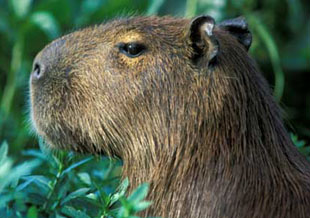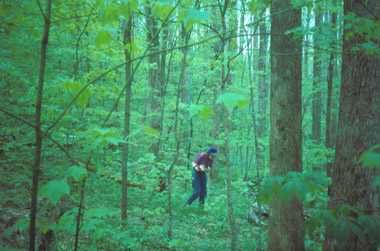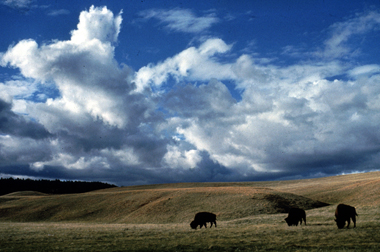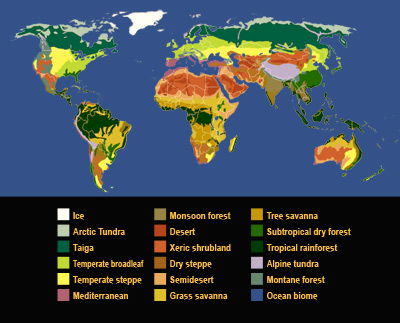Click on image for full size
Explore the Wetlands of Brazil!
News story originally written on February 19, 2002
"People outside Brazil know only the Amazon. . . it's a shame because the Pantanal is a very important ecological place." -- Dr. Maria Pádua, Former Director, Brazil's National ParksThe Pantanal wetland covers parts of Brazil, Bolivia and Paraguay. That means it is in South America! The Pantanal is one of the largest wetlands in the world -- over four times the size of the Florida Everglades in North America. That's a big wetland! The wetland covers at least 140,000 square kilometers of land, much of which is flooded every year.
The flooding period alternating with a dry period supports unique plant and animal life. The Pantanal is even home to many species which are on the brink of extinction. The Pantanal is well known for its bird life. It is estimated that 700 species of bird call the Pantanal home, including herons, egrets, storks, spoonbills, ducks, jabirus and kingfishers. Twenty-six species of parrot can be found in the Pantanal including the endangered Hyacinth Macaw. The Pantanal is also home to caiman, relative of the N. American crocodile, and capybara, the largest rodent in the world. The Pantanal is one of the last refuges for threatened animals like jaguars, ocelots, maned wolves, giant anteaters, giant armadillos, and marsh deer. Fish thrive in this wetland environment (over 260 species have been noted). The vegetation of the Pantanal is also very diverse, ranging from deciduous forests to evergreen forests to grasslands to savannas to aquatic vegetation based in standing water.
The Pantanal is one of the world's great natural wonders. But, humans are degrading the health of the Pantanal ecosystem through illegal poaching, deforestation of the area, over fishing, and uncontrolled tourism leading to pollution of the area and scaring of animals. Rivers that enter the Pantanal are polluted with human sewage, agricultural pesticides and metal pollutants from activities like gold-mining. The future of the Pantanal is, perhaps, most threatened by the prospect of development in the area. Groups like Conservation International are certainly taking a step in the right direction. Conservation International will be running an expedition to the Pantanal starting February 25, 2002. To receive daily email updates of the expedition, email j.byrd@conservation.org with your email information. Or access their website for daily updates during the expedition.















